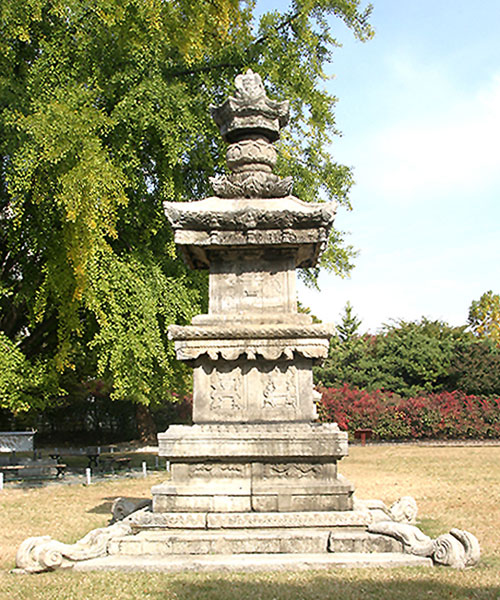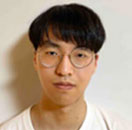Stupa of State Preceptor Jigwang, a Korean National Treasure, returns to Wonju after 112 years in Japan

[The Stupa of State Preceptor Jigwang. Photo Credit: Cultural Heritage Administration]
The Stupa of State Preceptor Jigwang from Beopcheonsa Temple Site, Wonju, is set to return to its hometown on August 1st.
According to Wonju city, 31 out of the 33 parts of the stupa, which were illegally removed from the Beopcheonsa Temple during the Japanese colonial period in 1911, will be moved to the Beopcheonsa Temple Site Museum.
The remaining two pieces, the pagoda body stone and the roof stone, are still undergoing a meticulous expert restoration process.
Built in 1085, The Stupa of State Preceptor Jigwang is a stupa dedicated to Haerin, an eminent Goryeo monk who served as a royal advisor during the reign of King Munjong.
His influence and teachings have left an indelible mark on Korean Buddhism and the unique stupa stands out as a monument for its detailed and intricate design.
It is decorated with carvings of Buddhas, bodhisattvas, and phoenixes over a basic square structure.
Despite the carvings being in a seemingly unrestrained manner, the unique pattern showcases the exceptional artistic skills of the artisans of the Goryeo period.
Furthermore, the stupa also enshrines the relics of the dead monk called “sari,” a small calcified stone left after cremation.
These relics, or 'saris', hold great religious significance for Buddhists, as they are believed to only appear in the most highly respected monks.
However, the stupa has suffered serious damages in the past century.
During the Japanese colonial period, the stupa was forcefully moved from Wonju to Osaka in 1911, and was then relocated to Gyeongbokgung palace.
During the Korean War, the stupa was bombed and completely destroyed, leaving behind 12,000 pieces.
After the war, there had been several attempts to restore the stupa , but they resulted in failures due to a lack of materials and expertise in restoration.
In 2016, the National Research Institute of Cultural Heritage reinitiated the restoration process, tracking down the original documents and materials used to create stupa.
On January 1st, 2021, the stupa was completely restored.
According to the Cultural Heritage Administration, the stupa is “generally regarded as one of the finest of its kind produced during the Goryeo period,” and was elected as a National Treasure in 1961.
The stupa is only one of tens of thousands of Korean treasures that was relocated during the Japanese colonial period.
According to the Cultural Heritage Administration, more than 6 thousand Korean artifacts are in Japan alone, and in total over 10 thousand Korean artifacts are located outside of Korea.
Additionally, Wonju city plans on holding a return ceremony at the Beopcheonsa Temple Site Museum at 2 P.Mm on August 10th to commemorate the return of the stupa.
The 31 restored parts of the Jikwangsa Temple Pagoda will be permanently displayed in the planned exhibition space of the Beopcheonsa Temple Site Museum and the general public will be able to view them from August 10th, right after the return ceremony.

- Hoonsung Lee / Hoonsung Lee
- Cornerstone Collegiate Academy Seoul

![THE HERALD STUDENT REPORTERS [US]](/assets/images/logo_student_us.png)
![THE HERALD STUDENT REPORTERS [Canada]](/assets/images/logo_student_ca.png)
